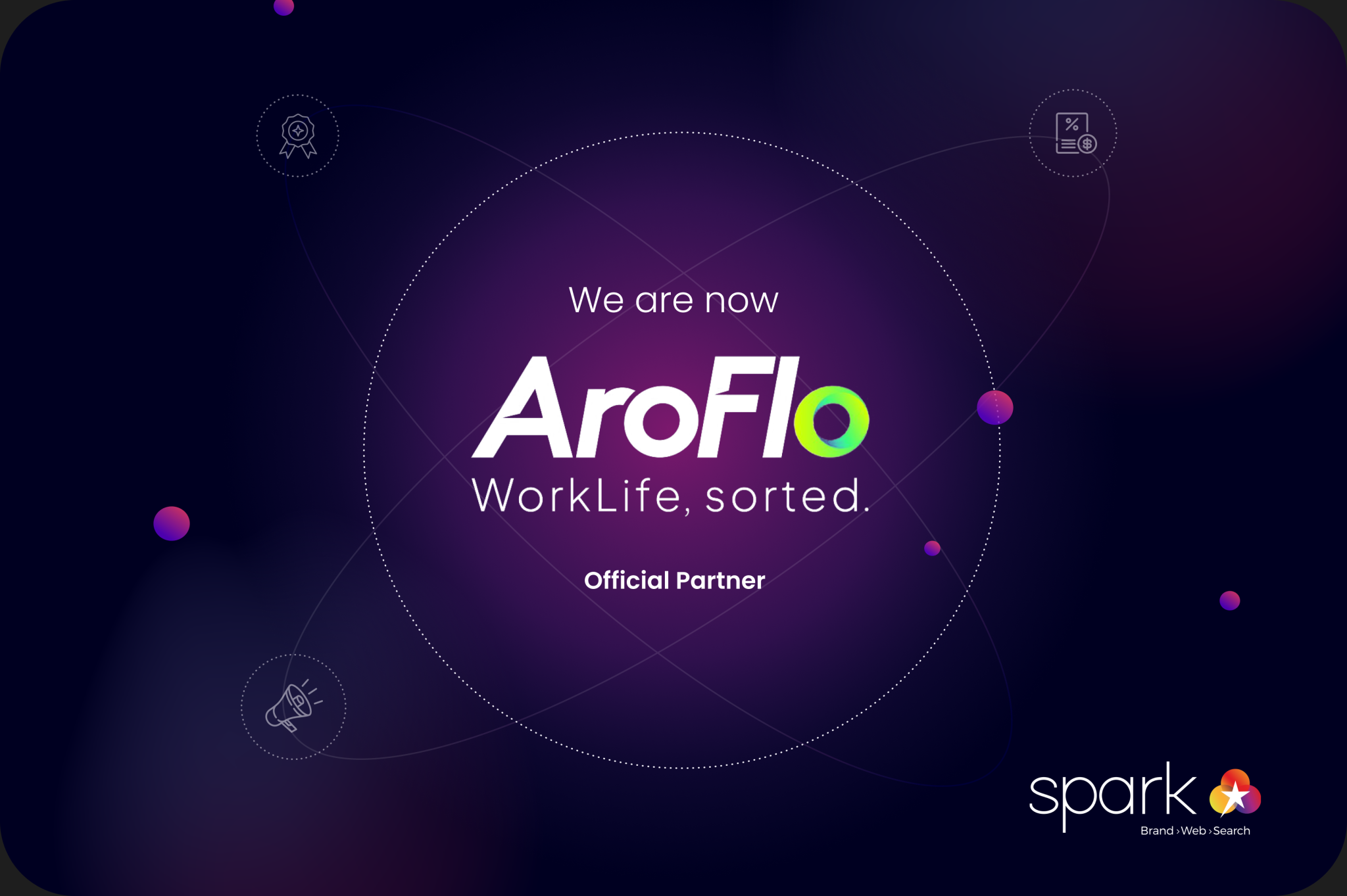When your website isn’t pulling its weight, the question becomes unavoidable: Do we fix what we’ve got, or start fresh? It’s a decision that keeps Australian business owners awake at night, especially when every month of delay means lost leads and missed opportunities.
The stakes are real. A poor-performing website design doesn’t just hurt your brand—it actively drives potential customers to your competitors. But rushing into the wrong solution can be just as costly, whether that’s throwing good money after bad on a redesign that doesn’t address core issues, or over-investing in a complete rebuild when strategic updates would have done the trick.
After helping dozens of Australian businesses navigate this decision, I’ve seen the patterns that separate smart investments from expensive mistakes. The answer isn’t always obvious, and it’s rarely the same for any two businesses. But there are frameworks that can guide you to the right choice for your specific situation.
Let’s break down what you’re really choosing between, and how to make the decision that best serves your business goals.
Understanding Your Real Options
The terminology around website updates gets thrown around loosely, but precision matters when you’re making investment decisions. Understanding exactly what each option delivers—and what it doesn’t—is crucial for setting realistic expectations and budgets.
If you’re wondering how AI changes these choices, read AI vs Traditional Web Design for a clear, practical comparison.
What a Website Redesign Actually Involves
A website redesign works within your existing framework while transforming how your site looks, feels, and performs. Think of it as renovating your current home rather than building a new one.
The scope typically includes updating your visual identity to reflect current brand positioning, restructuring navigation and user flows for better conversion paths, optimising content for both user experience and search performance, and integrating new functionality like automated lead capture or customer service tools.
What makes redesigns appealing is their efficiency. You’re building on existing foundations—your domain authority, established content, and proven site architecture. According to recent industry data, well-executed redesigns see an average 25% improvement in user engagement metrics, with most projects completing in 8-16 weeks.
But redesigns have limits. If your current platform can’t support the functionality you need, or if your site’s foundation has fundamental flaws, a redesign becomes like putting premium paint on a house with structural problems—it might look better, but the core issues remain.

When a Complete Rebuild Makes Sense
Building a new website means starting with a blank slate. Everything from the underlying code to the content architecture gets reimagined and rebuilt from scratch.
This approach makes sense when your current platform can’t scale with your business needs, when security vulnerabilities or outdated technology create ongoing risks, or when your business model has evolved beyond what your current site can support.
The rebuild process takes longer—typically 12-20 weeks for most business sites—but delivers complete flexibility. You’re not constrained by previous decisions or technical debt. Every element can be optimised for your current goals and future growth plans.
The trade-off is complexity. New builds require careful migration planning to preserve SEO value, more extensive testing phases, and often more significant internal training for your team. But when done properly, businesses typically see traffic recovery within 3-6 months and improved performance metrics across the board.
The Real Decision Framework
Choosing between redesign and rebuild isn’t about preference—it’s about matching the solution to your specific business reality. The framework that consistently delivers the best outcomes starts with honest assessment, not wishful thinking.
Auditing Your Current Reality
Begin with your site’s performance against measurable standards. Page load speeds under three seconds, mobile responsiveness that actually works across devices, and conversion paths that guide visitors toward your goals without friction.
Run your site through Google PageSpeed Insights and check mobile usability in Search Console. Look at your analytics for bounce rates on key pages and conversion funnel performance. Check your security status and ensure all plugins and systems are current.
If your site fails on multiple technical fundamentals, a redesign often means spending money to make a fundamentally flawed system look better—while the core problems persist.

Aligning with Business Goals
Your website’s role in your business strategy should drive the technical decision. A local service business looking to improve lead quality might benefit from a focused redesign that optimises conversion elements. A manufacturer expanding into e-commerce needs infrastructure that can handle inventory management, payment processing, and customer accounts—functionality that might require a complete rebuild.
Consider your growth trajectory. If you’re planning significant business changes in the next 18 months—new service lines, geographic expansion, major process changes—build those requirements into your decision. It’s more cost-effective to plan for known growth than to outgrow a new system quickly.

Technical Infrastructure Reality Check
Evaluate whether your current platform can support where your business is headed. Legacy content management systems, outdated e-commerce platforms, or custom-built sites that require specialised maintenance often signal the need for a complete rebuild.
Look at integration requirements with your CRM, email marketing, inventory systems, or customer service tools. If connecting these systems to your current site requires expensive workarounds, a new build might deliver better long-term value.

Investment Considerations for Australian Businesses
Website project costs in Australia vary significantly based on location, scope, and the expertise level you’re engaging. Understanding the real cost structure helps you budget appropriately and avoid nasty surprises.
Redesign Investment Ranges
For most Australian small to medium businesses, website redesigns typically range from $8,000 to $25,000. This covers visual updates, user experience improvements, content optimisation, and basic functionality additions.
Mid-sized businesses with more complex requirements—multiple service areas, lead generation systems, or integration needs—often invest $25,000 to $45,000. Enterprise-level redesigns with sophisticated functionality can reach $60,000 or more.
These ranges assume working with experienced agencies. Cheaper options exist, but they often deliver template-based solutions that don’t address strategic business requirements.
New Build Investment Reality
Building a new website starts around $15,000 for straightforward business sites with standard functionality. Custom development for unique business requirements typically ranges from $30,000 to $80,000.
Complex sites—sophisticated e-commerce, custom web applications, or sites requiring extensive third-party integrations—can require investments of $100,000 or more.
While these numbers might seem high, consider the opportunity cost of a poor-performing website. If your current site is losing potential customers or requiring ongoing maintenance that pulls your team away from core business activities, the investment often pays for itself through improved performance and reduced overhead.
Hidden Costs to Consider
Budget for content migration and optimisation, which often takes more time than anticipated. Factor in staff training on new systems and processes. Plan for a transitional period where your team adjusts to new workflows.
For redesigns, consider whether your current hosting and security setup can support improved functionality. For new builds, include costs for thorough testing, data migration, and search engine optimisation recovery.

Making the Strategic Choice
The decision between redesign and rebuild ultimately comes down to matching your investment to your business reality and growth plans. Neither option is inherently better—they solve different problems and serve different strategic needs.
When Redesign Delivers Better Value
Choose redesign when your current platform can support your business goals, your site has good bones but poor execution, and you need results within a shorter timeframe. This approach works well when your business model is stable and you’re focused on optimising performance rather than adding new capabilities.
Redesigns also make sense when you have limited budget for digital investment and need to maximise impact within constraints. A well-executed redesign can deliver significant improvements while preserving your existing SEO value and technical infrastructure.
When New Build Is Worth the Investment
Opt for a complete rebuild when your current platform limits business growth, when security or technical debt creates ongoing risks, or when your business model has evolved beyond your site’s capabilities.
New builds are particularly valuable for businesses planning significant growth or change. If you’re expanding service offerings, entering new markets, or implementing new business processes, starting fresh ensures your website supports rather than constrains these initiatives.

Moving Forward with Confidence
Whichever path you choose, success depends on clear planning and realistic expectations. Define what success looks like for your business—whether that’s improved lead generation, better customer experience, or support for new business processes.
Work with partners who understand Australian business requirements and can provide local support throughout the process. Ensure your chosen approach aligns with your broader marketing and business development strategies.
Most importantly, view your website investment as part of your long-term business infrastructure, not a one-off project. Whether you redesign or rebuild, plan for ongoing optimisation and updates that keep your site performing as your business evolves.
The right choice isn’t about following industry trends or matching what competitors have done. It’s about honestly assessing where your business is now, where you’re headed, and what digital infrastructure will best support that journey.
Ready to make the call? Start with a thorough audit of your current site’s performance against your business goals. The data will point you toward the right investment for your specific situation.





